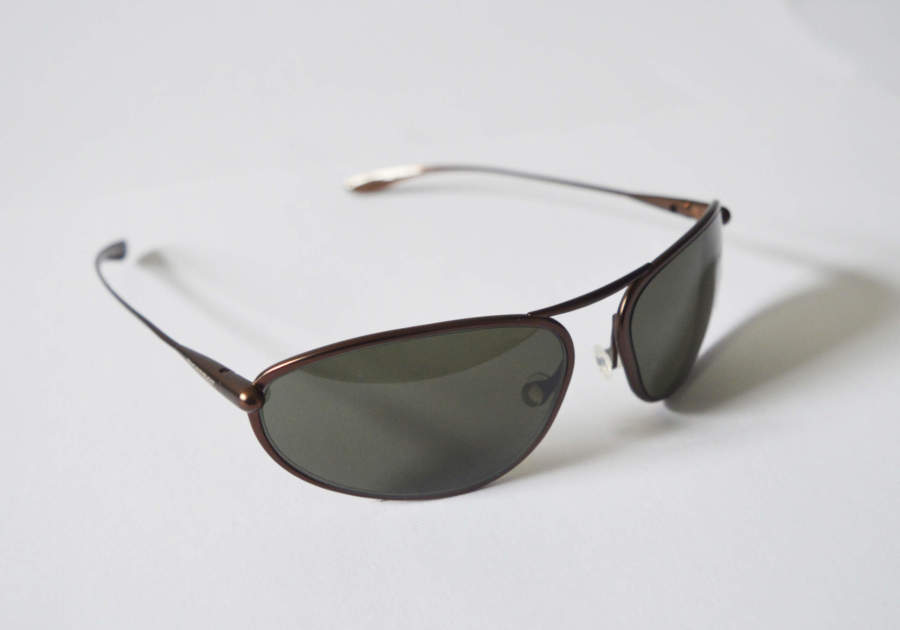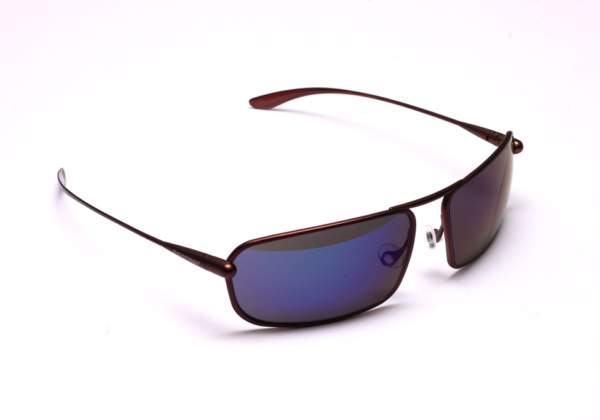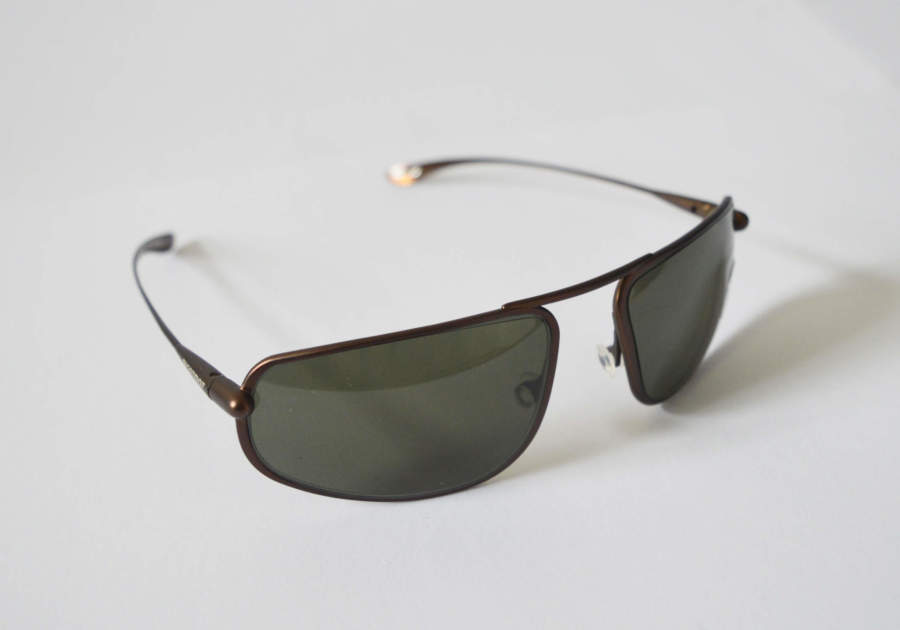
Best sunglasses for driving, what do I need to know?
Which are the best sunglasses for driving? If you’re confused about selecting the right pair then you’re not alone; we’re often asked for advice about this.
There’s so much choice and so many brands clamouring for your attention that it can rather overwhelming. After years of research and testing here’s what we know..
Lens performance and technology is what it’s all about and this is what makes the difference between wasting your money, or not. The lenses you choose must be able to perform several tasks effectively. Here are some attributes which contribute to your overall comfort and safety.
What Matters When Choosing Sunglasses for Driving?
- Lens material
- Correct lens tint
- Glare control
- Visual acuity
- Colour acuity
- Frame design for comfort and optimum coverage
- Should I wear polarized lenses for driving?
- Do I need prescription sunglasses for driving?

Why Does Lens Quality Matter?
The top priority needs to be road safety and so, being able to clearly read both your dashboard instruments and also the road ahead gives you a real decision making advantage.
Our sunlenses are made from a urethane material called NXT®/Trivex®. Its overall technical performance is superb, combining the optical properties of a mineral (glass) lens with the strength and versatility of an organic (plastic) lens. Lightweight and very strong, with exceptional colour and visual acuity. There’s a lot to say about it and you can read more here: The technology that drives NXT®/Trivex®

What is the Best Lens Tint For Driving?
With Bigatmo sunglasses you’ll be wearing the most advanced sunglasses lens technology, specifically developed for high contrast situations, like those you find when you’re driving a car. It took over 18 months of research and testing to develop these sun lenses and to ensure you get everything you need to make the best of your vision.
Importance of Lens Tint
There is a lot written about which lens tint is the best for driving, much of which is far from objective. You should certainly be choosing a neutral tint which will not distort colour. The best tint to choose in our opinion is a copper brown or grey tint. I’ll go further into the importance of correct colour perception later on. In our research and development, we found that the vast majority of people prefer one or the other.
More About Lens Choices

Glare Control
Definition: A very bright, unpleasant light.
Effects of Glare
Glare can compromise visual acuity, which could then have an impact on your driving and road safety. On bright days it is everywhere, bouncing off shiny surfaces all around us.
Not only that, but we all know how uncomfortable glare can be, even painful at times. We have all experienced it tiring our eyes more quickly and causing a headache, which is the last thing you want whilst driving.
Glare Management
It is best to take steps to prevent as much of it as you can. Use all the tools available to you, not just sunglasses. Use the sun visors to help manage direct sunlight and, if you’re driving an open top vehicle, then a cap can be a great help to prevent light from coming in over the top of the lens.

Visual and Colour Acuity
Visual Acuity
This is about the clarity of the lens.
We choose NXT®/Trivex® because it has excellent optical properties, and its industry leading technology provides superb clarity. It is regarded as a superior lens material throughout the optical industry. The material itself has very low internal stresses, which means you see a clear, crisp and sharp image.
Colour Acuity
Colour acuity is crucial in order to interpret road signs and traffic lights correctly and also to view display screens effectively. Our lenses were developed for airliner flight decks and have been optimised to provide excellent true HD colour acuity.
Learn More

Should I Wear Polarized Sunglasses for Driving?
Polarized lenses are a popular choice for driving because they are good at controlling reflective glare – sunlight reflecting off a damp road surface or from the back screen of the car you’re following, for example.
The reduced reflective glare helps you to see more clearly and for your eyes to remain relaxed.
The convention in modern LCD displays is to polarise them at 45 degrees, which means that dashboard display screens should be unaffected by the use of polarised sunglasses. Unfortunately, some vehicle manufacturers have been slow to implement this convention, so we recommend that you borrow a pair of polarised sunglasses to check your dashboard to make sure that you can see the displays clearly.
Polarized lenses are not the only choice however.
With Bigatmo sunglasses you’ll be wearing the most advanced sunglasses lens technology, whichever lens type you choose.
All our sun lenses are specifically developed for high contrast situations, like when you’re driving a car. It took over 18 months of research and testing to develop these sun lenses. Whichever Bigatmo sunglasses you choose, you can be sure you’re wearing a lens optimised for driving. All our lenses fall into the type: Lens cat 3 or 2-3 in the case of our copper brown Alutra photochromic lens. This is a requirement for daytime driving, category 4 being too dark. Here you’ll find more information about the individual lens types. Lens Options
I heard about Bigatmo through my son. Ordered a pair of EXO sunglasses for him a couple of years ago - he's a helicopter pilot. I wore them while driving into a low sun last month and found the clearer vision was amazing so decided to get my own pair.
-
Exo – Brunello Titanium Frame Polarized Sunglasses
Model Number: 0938Frame Colour: BrunelloLens Colour: Zeolite PolarizedFinish: UnmirroredAvailable In Prescription£229.00 Add to cartTropo – Brunello Titanium Frame Polarized Sunglasses
Model Number: 0860Frame Colour: BrunelloLens Colour: Zeolite PolarizedFinish: UnmirroredAvailable In Prescription£229.00 Add to cart




